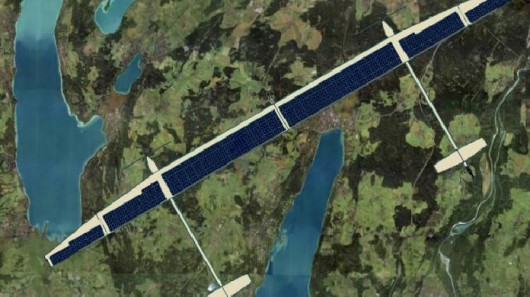
There’s no doubt that satellites have become an essential part of our daily lives, making things like communications, navigation, weather forecasting, and remote imaging all possible. Unfortunately, the orbiting objects can be very expensive, both to build and to launch into outer space. For some of the functions that they carry out, however, an actual satellite isn’t required – a high altitude, long endurance (HALE) aircraft could also get the job done, and at a much lower cost. Some such aircraft have been powered by conventional fuel, batteries, and hydrogen. On November 13th, though, the Electric High Altitude Solar Powered Aircraft (ELHASPA) joined the ranks of HALE aircraft to fly using nothing but the power of the Sun.
ELHASPA was designed and built by Germany’s DLR Institute of Robotics and Mechatronics, in collaboration with other groups including EADS aerospace. It is intended to serve as a “demonstration and research vehicle to advance technology and test applications for infinite high altitude solar flight.”
The unmanned aircraft itself has a wingspan of 23 meters (75.5 ft), a length of 10 meters (33 ft), weighs 100 kilograms (220.5 lbs), and can carry an additional 5-kilogram (11-lb) payload. Its two propellers are each driven by separate 2-kilowatt electric motors, which are in turn powered by an array of photovoltaic panels located along the top surface of the plane’s wing.
According to DLR, this month’s maiden flight of ELHASPA is just a first step towards other, more advanced solar-powered stratosphere platforms, which could fly autonomously at altitudes of over 15 kilometers (9.3 miles) for months at a time. Video of the maiden flight, which lasted just 30 seconds in conditions less than ideal for a solar-powered aircraft can be downloaded here.
It’s only early days for ELHASPA, which still has some way to go to compete with the Zephyr HALE solar-powered aircraft from British aerospace firm QinetiQ, which has already set three endurance records.
(Source)
 Follow
Follow